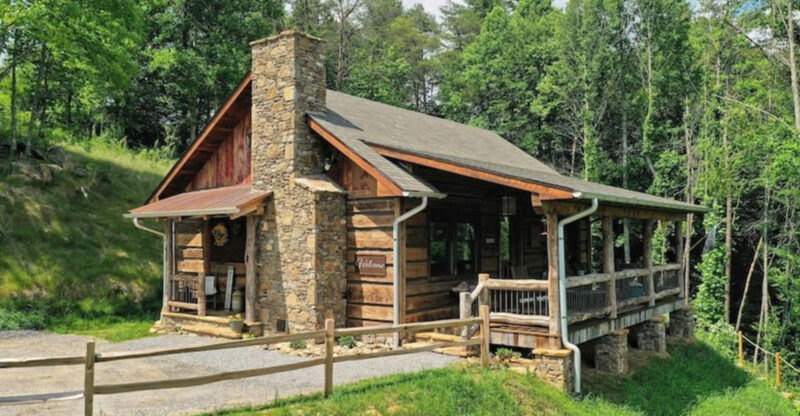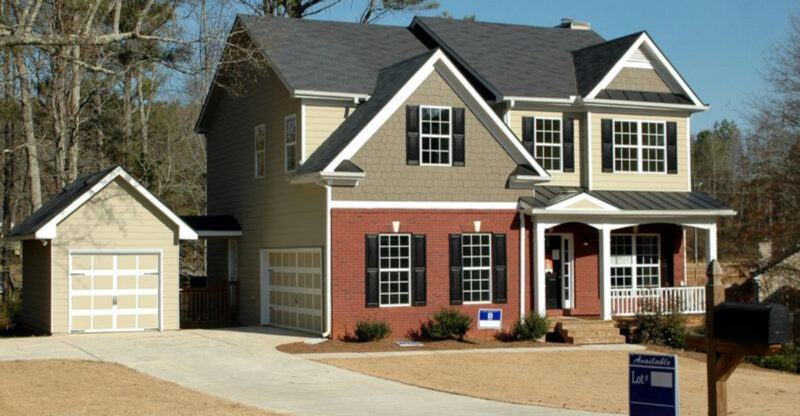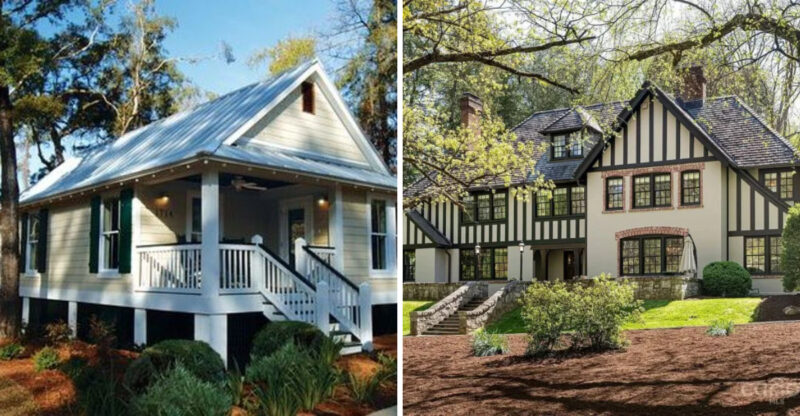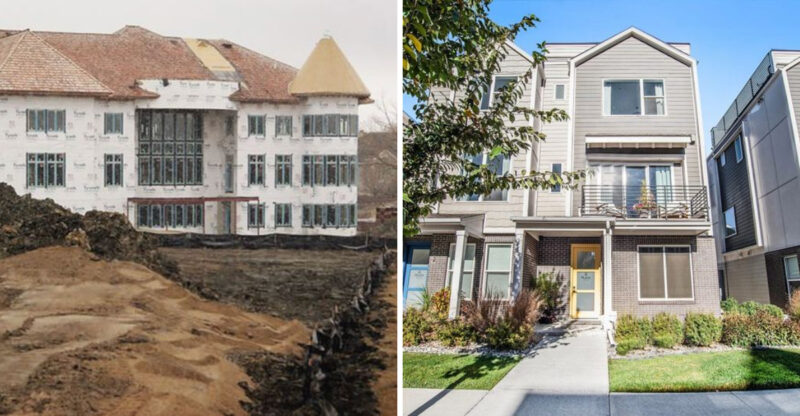15 Practical Tips For Designing A Comfortable And Functional Home
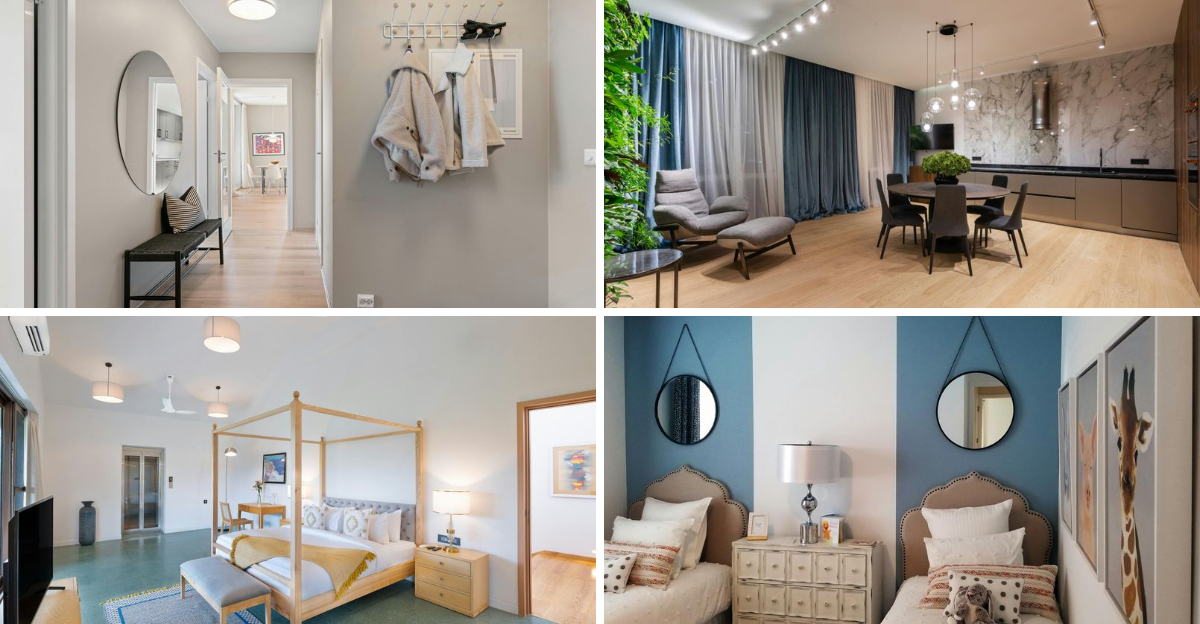
Ever feel like your home looks nice but doesn’t quite work for how you actually live? Creating a space that’s both comfortable and functional doesn’t require a full renovation, it’s often about making smart, thoughtful choices.
From furniture placement to lighting and storage, small changes can make a big difference in how your home feels and flows.
In this article, I’m sharing practical tips to help you design a space that supports your lifestyle while still looking great. Effectiveness of design choices may vary depending on room size, layout, and personal needs.
1. Prioritize Natural Light
Did you know rooms with ample sunlight can boost your mood and productivity? Natural light makes spaces feel larger and more inviting without costing a penny on your electric bill.
Positioning furniture to maximize window exposure creates an instant atmosphere upgrade. Remove heavy drapes in favor of sheer curtains or blinds that can be fully opened during daylight hours.
For rooms with limited windows, consider adding mirrors opposite the light source to bounce brightness throughout the space.
2. Choose A Cohesive Color Palette
Color harmony creates an instant sense of order even when your laundry isn’t folded! Selecting 3-5 complementary hues for your entire home establishes visual flow from room to room.
The 60-30-10 rule works wonders here, use your dominant color for 60% of the space (walls, large furniture), secondary color for 30% (accent furniture, curtains), and accent color for 10% (accessories, artwork). Neutral bases allow for seasonal accent changes without major overhauls.
3. Invest In Multi-Purpose Furniture
Why settle for one function when you can have two or three? Storage ottomans, sofa beds, and expandable dining tables are the superheroes of small spaces.
My clients are always amazed at how a single clever piece can eliminate the need for multiple furniture items. Look for coffee tables with hidden compartments, headboards with built-in shelving, or dining benches with storage underneath.
These versatile pieces not only save space but also reduce visual clutter, making rooms feel more organized and purposeful.
4. Create Clear Traffic Flow In Each Room
Ever bumped into furniture while trying to cross a room? That’s poor traffic flow! Arranging furniture to create obvious pathways makes spaces feel larger and more intuitive.
Allow at least 30 inches for major walkways and consider how people naturally move through your space. Floating furniture away from walls often creates better circulation than pushing everything against the perimeter. Sketch your floor plan before moving heavy pieces to save your back and visualize the flow.
5. Use Rugs To Define Spaces
Rugs are like magic space dividers, especially in open-concept homes! They visually separate areas without walls while adding warmth, texture, and sound absorption.
The right-sized rug creates instant definition. For living areas, choose one large enough that at least the front legs of all furniture sit on it. In dining spaces, ensure the rug extends at least 24 inches beyond the table edge.
Layering rugs adds depth and interest while solving the common problem of finding the perfect size.
6. Incorporate Plenty Of Storage Solutions
Storage is the unsung hero of functional homes! Without adequate places to put things, even the most beautiful spaces quickly become cluttered and stressful.
Think beyond basic closets and cabinets. Wall-mounted shelving, under-bed containers, and furniture with hidden compartments maximize every square inch.
Custom built-ins might seem like a splurge, but they often utilize awkward spaces that would otherwise go unused. Remember that the most effective storage solutions are the ones you’ll actually use consistently.
7. Mix Textures For Warmth And Interest
Texture is the secret ingredient that makes rooms feel complete! Combining different tactile elements, smooth leather, nubby linen, sleek glass, and rough wood, creates visual depth even within a limited color palette.
Rooms with varied textures feel more inviting and lived-in than those where everything has the same finish. Layer textile elements like throw pillows, blankets, and curtains with contrasting feels.
Even small touches like a ceramic vase on a wooden table or metal hardware on upholstered furniture add textural contrast.
8. Keep Frequently Used Items Within Easy Reach
Accessibility transforms how functional your home feels day-to-day. Storing items near where you actually use them reduces frustration and saves countless steps.
Kitchen essentials belong at the counter level, not tucked in high cabinets. Bathroom supplies should live in drawers or cabinets right where you need them.
Analyze your daily routines and organize them accordingly. For multipurpose spaces, consider portable storage solutions that can move with you, like rolling carts for craft supplies or cooking tools.
9. Use Lighting Layers (Ambient, Task, Accent)
Relying on a single ceiling light is like wearing the same outfit regardless of occasion! Proper lighting requires multiple sources at different heights to create depth and functionality.
Ambient lighting provides overall illumination, task lighting focuses on specific activities (reading, cooking), and accent lighting highlights architectural features or artwork. Dimmer switches add versatility to each layer.
Even rental homes can benefit from portable lighting options like floor lamps, table lamps, and plug-in sconces that require no permanent installation.
10. Choose Durable, Easy-To-Clean Materials
Beautiful homes should be lived in, not treated like museums! Selecting materials that stand up to real life means less stress and more enjoyment of your space.
Performance fabrics resist stains and fading while feeling surprisingly luxurious. Quartz countertops handle hot pans and spills without damage. Luxury vinyl flooring offers the look of hardwood with superior water resistance.
These practical choices don’t mean sacrificing style. Today’s durable materials come in gorgeous options that rival their higher-maintenance counterparts.
11. Add Personal Touches Through Art And Decor
Houses become homes through personal elements that tell your story! Art, photographs, travel souvenirs, and meaningful objects transform generic spaces into places that reflect who you are.
Gallery walls combining different frame styles and sizes create instant personality. Rotating seasonal items keeps spaces feeling fresh without major changes.
When selecting decorative pieces, quality trumps quantity. A few meaningful items make more impact than many generic ones that lack personal connection.
12. Enhance Entryway Functionality
The entryway is the first impression of your home and should be both welcoming and functional. Install hooks for coats and bags, a bench for seating, and a shoe rack to keep everything organized and accessible.
These small additions can make a big difference in how your home functions daily, providing a designated spot for frequently used items.
Consider adding a mirror and some artwork to give the space personality and charm, ensuring it reflects the warmth and style of the rest of your home.
13. Keep Surfaces Clutter-Free
Visual calm creates mental calm! Maintaining clear surfaces throughout your home instantly makes spaces feel more organized and spacious.
The secret isn’t minimalism, it’s intentional homes for everything. Designate one drawer for mail and papers, attractive containers for remotes and electronics, and specific spots for items that tend to accumulate.
A daily five-minute reset routine prevents buildup on counters, tables, and other horizontal surfaces that naturally attract random items.
14. Use Mirrors To Expand And Brighten Spaces
Mirrors perform magic in interior design! Beyond their practical function, they visually double your space, amplify light, and add architectural interest to plain walls.
Positioning mirrors opposite windows multiplies natural light throughout the room. Grouping smaller mirrors creates the effect of a statement art piece while expanding the space.
Full-length mirrors in bedrooms and entryways serve double duty. They’re practical for outfit checks while making tight spaces feel more expansive.
15. Include Greenery For A Fresh, Inviting Feel
Plants are the ultimate interior design accessory! They add life, color, texture, and even improve air quality while creating an instant connection to nature.
Low-maintenance varieties like snake plants, pothos, and ZZ plants thrive even in homes without green thumbs. Large floor plants fill awkward corners, while small potted herbs bring functionality to kitchen windowsills.
For those truly unable to keep plants alive, high-quality faux options have become remarkably realistic alternatives that require zero care.

